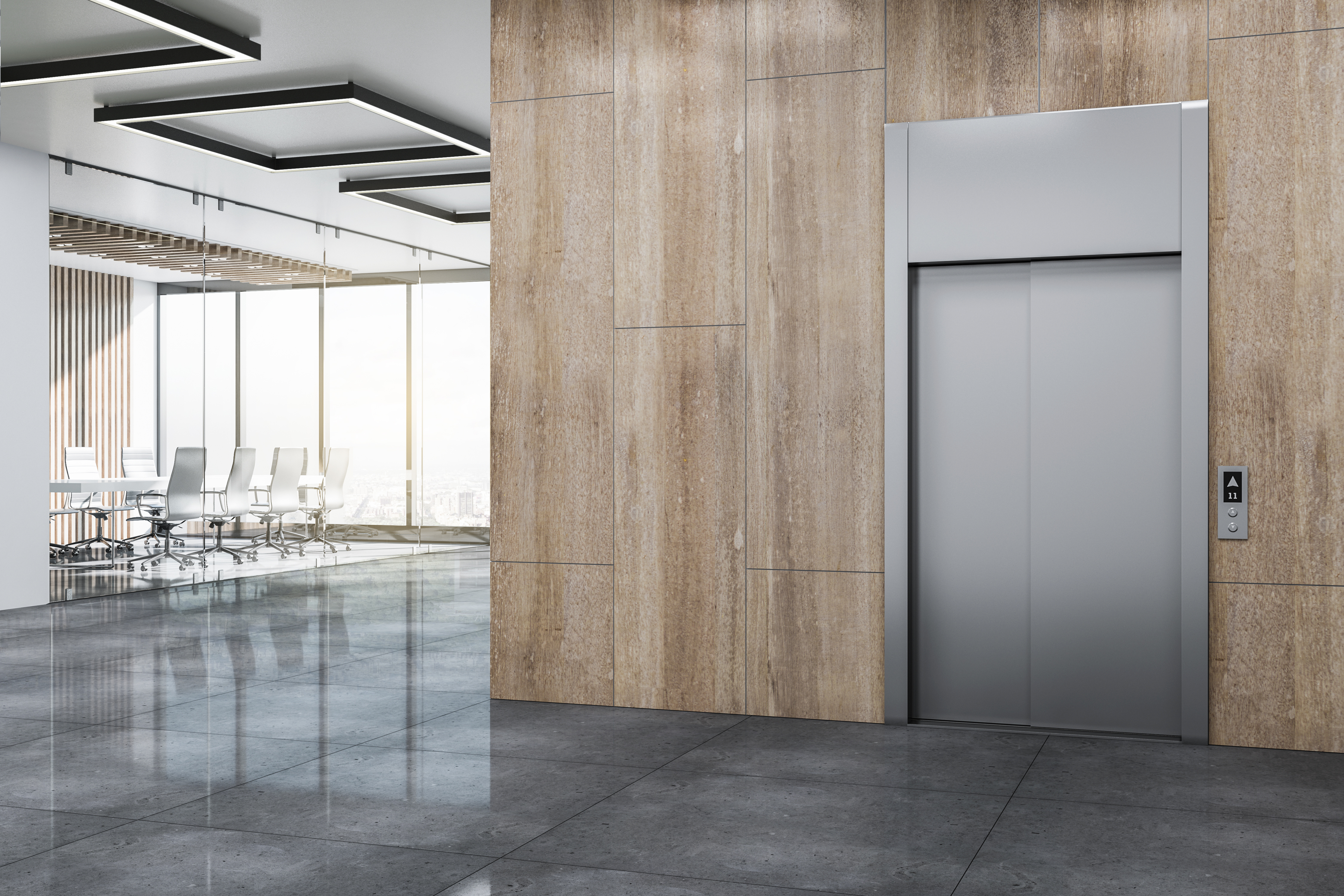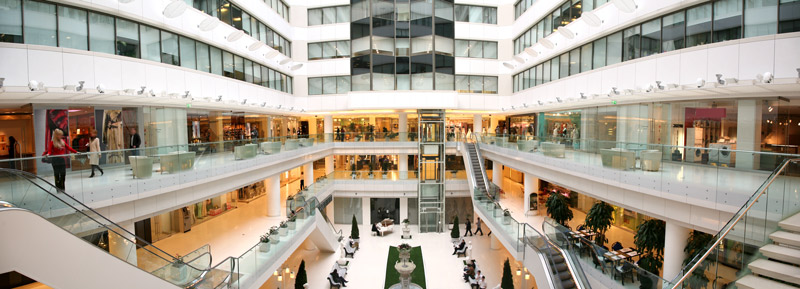Mixed-use facility at 57-Mall Drive in Commack Long Island Utilizes Energy Improvement Corporation's Open Commercial PACE Program to Fund 102KW Solar Array
Counterpointe Sustainable Real Estate Closes $3.7 Million C-PACE Financing for Expansion and Updates to Victoria Nursing and Rehab Center in Miami, Florida
Miami, FL-- Counterpointe Sustainable Real Estate (CounterpointeSRE) announced today that it has closed a $3.7 million, 20-year, Commercial Property Assessed Clean Energy (C-PACE) financing in support of the renovation of the Victoria Nursing and Rehabilitation Center, located two miles south of Downtown Miami.
Avoiding Free Fall: modernize your elevators with C-PACE
Recent elevator safety incidents in Chicago and elsewhere have building owners (and tenants) looking at their own elevators and wondering if it’s time for an upgrade. While events like these should bring property owner’s attention to the safety of their lifts, there are many reasons to modernize elevators that don’t make headlines including reduced maintenance costs, occupant satisfaction and energy efficiency.
C-PACE Financing is Shifting the Paradigm on Green Roofs
Green roofs provide clear environmental and aesthetic benefits. In addition to providing an oasis of green amongst a desert of concrete, green roofs offer several functional benefits. They are an efficient way to provide noise proofing, insulation, stormwater management, and other features to commercial properties. These benefits will last decades. However, many interested parties find the upfront costs of green roofs prohibitive. A study by the University of Michigan found that for a roof of 21,000 square feet, a green roof would cost $129,000 more upfront, even though it would save $200,000 over the course of its life. Property owners have struggled to produce the cash today for benefits that pay off over the long run.
But a new type of financing is changing this fact and allowing green roofs to effectively compete with conventional alternatives on a short and long-term financial basis. Property Assessed Clean Energy (PACE) financing covers 100% of the costs involved in installing eligible energy efficiency projects including all related work and soft costs. PACE incentivizes owners to make these upgrades by providing financing that is long-term, fixed rate and preserves the property owner’s capital. Also, owners may elect to defer the first payment by including capitalized interest in the financing. This simultaneously allows rental income to stabilize before repayment begins and aligns the ongoing utility savings with repayment costs for the improvements. Prepaid service and warranty contracts may also be included in the financing, making maintenance costs even more affordable. By including irrigation, elevators, stairs and related roofing work in the financing, green roofs now have a mechanism to be installed with no upfront capital and have become economically attractive.
PACE is an innovative way to reduce the environmental footprint of America’s building stock by helping owners minimize upfront costs through property tax assessment financing. Benjamin Franklin first proposed the idea of levying a property tax to pay for the Philadelphia fire department in 1736. Since that time, tax assessment financing has funded a wide array of public service projects – from new sidewalks to schools.
PACE is the nation’s first voluntary property tax assessment that can be applied to individual buildings. For projects that typically can’t calculate energy savings or offer payback periods that are too long for conservative investors, PACE transforms the standard return on investment (ROI) model and provides a unique set of positive economic incentives that make environmental upgrades such as green roofs attractive.
The PACE financing mechanism begins when funds are transferred from a capital provider to a government agency. Funding is then secured through tax assessment placed on the building and repaid through the property tax bill. As a result, the repayment of the financing is treated as a tax on the property rather a loan expense. This subtle difference dramatically improves a project’s economics.
SPLIT INCENTIVE
PACE is the long-awaited solution to the commercial building sector’s single greatest barrier to environmental best practices: the split incentive. In energy services parlance, split incentive relates to commercial real estate lease language that obligates a tenant to pay for utility costs and a landlord to pay for building upgrades. A building owner, carrying all the costs of the upgrade and passing all the energy savings to the tenants, may never see a positive return on the investment. Therefore, it should be no surprise that Lawrence Berkley National Lab’s 2013 “Remaining Market Potential of the U.S. Energy Services Company Industry” found that commercial properties lag behind all other building segments with a pitiful 10% adoption rate of energy efficiency technologies.
PACE solves the great split-incentive paradox by converting the financing into a tax. Under most commercial leases, this places the responsibility for repaying the cost of the project(s) with the tenant, who also the benefits from a lower energy bills-thereby closing the split-incentive gap.
Commercial building owners can now access low-cost, private sector capital to pay for 100% of eligible projects, finance the cost of the project over a long time horizon to ensure that the annual payments are less than the annual utility savings, and avoid split-incentive. Debt liability may not be impacted if the financing receives off-balance sheet treatment. The building is improved without any capital expenditure, and operating expenses are reduced.
THE PPA MOMENT FOR GREEN ROOFS
PACE might just be the special ingredient that makes green roofs ubiquitous. Such a market shift is not without precedent. Before Power Purchase Agreements were introduced to the solar industry, rooftop solar was a luxury consumer product. The advent of the PPA made solar energy an economically attractive option for building owners. PACE financing may have the same transformative power on the green roof industry.
PACE is still in its infancy. Yet, the depth of its potential is evident with early signs of exponential growth. Rocky Mountain Institute promotes it; Lawrence Berkeley National Labs validates it, and Scientific American magazine calls it a top 20 “world-changing” idea. Red and blues states across the country are passing legislation to enable it, making PACE financing the fastest growing financial tool in the U.S. As PACE goes mainstream, vendors who align with this disruptive tool will emerge as new industry leaders and products once thought to be luxuries will become the new standard. PACE could enable green roofs to become a standard feature of America’s buildings.











